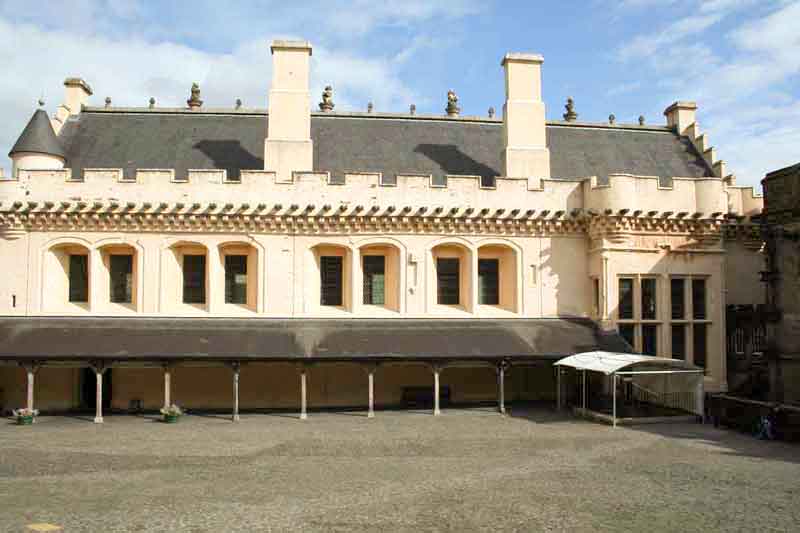
Planning a day trip from Edinburgh? Look no further than Stirling, a fascinating city that lies amidst the Ochil Hills.
Explore the imposing Stirling Castle or delve into the city’s religious heritage at the Church of the Holy Rude.
Alternatively pay homage to Scotland’s national hero, William Wallace at the Wallace Monument.
This guide highlights not only these iconic landmarks, but also unveils a treasure trove of architectural gems like Mar’s Wark, Cowane’s Hospital, Darnley’s House, and Argyll’s Lodging.
Uncover the details of the pivotal Battle of Bannockburn at the dedicated visitor centre, or immerse yourself in the artistic and cultural offerings of the Smith Art Gallery and Museum.
With its rich tapestry of history and architecture, Stirling promises a rewarding escape, and this guide serves as your key to revealing its many treasures.
Although there are plenty of guided tours from Edinburgh to Stirling on offer, getting there and many other parts of the country on your own is very easy. So take a day trip from Edinburgh and explore the best of Scotland.
The city of Stirling is strategically placed between Glasgow and Edinburgh and is often considered the gateway to the Scottish Highlands which makes it a great base for further exploration.
Getting to Stirling from Edinburgh
There are frequent buses from Edinburgh Bus Station to Stirling – journey time is around one hour 30 minutes. If you prefer the train, the journey time from Edinburgh Waverley to Stirling is less than an hour for most trains.
The town centre and the majority of historic attractions are within a few minutes’ walk from the bus and railway stations.
Butif you’re heading for Bannockburn it’s about three miles and the Wallace Monument is a little more than that. There are plenty of local buses or taxis if you don’t fancy the walk.
Take a day trip from Edinburgh to Stirling
The modern bustling (lower) town centre is popular with both locals and the many thousands of people who visit each year. There are plenty of pubs, restaurants, shops and a number of hotels and guest houses if you want to stay a bit longer in this fascinating city.
Stirling is a city with a castle at its heart, forever linked to Robert the Bruce and his victory over an English army at the Battle of Bannockburn and William Wallace and his victory at the Battle of Stirling Bridge in 1297.
Stirling Castle
It’s the Old Town, known locally as the Top of the Town, much of it medieval in origin, that draws the visitors.
The star attraction is the spectacular Stirling Castle. it’s not the original building, accurate dating of that is difficult; however, records show the endowment of a castle chapel by Alexander I between 1107 and 1115. King David I granted Stirling Royal Burgh status in 1124.
The magnificent Royal Palace, which stands within the castle complex is well worth seeing.
Church of the Holy Rude
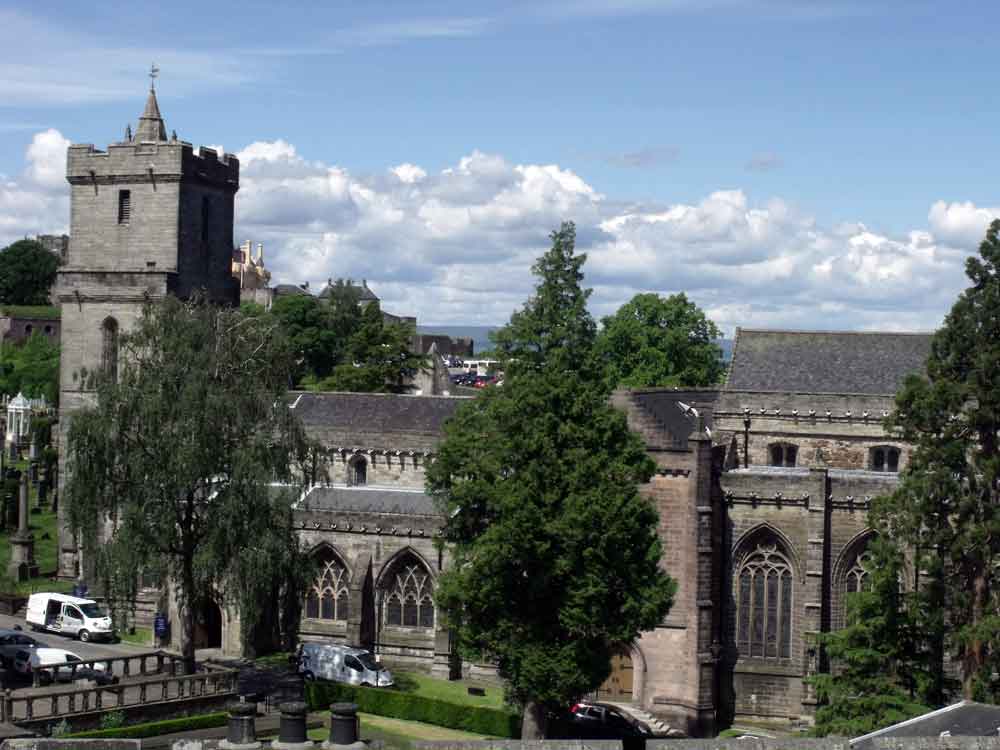
There are also a number of important buildings clustered around the castle which are well worth visiting.
Top of many lists is the Church of the Holy Rude, Stirling’s original parish church used for the coronation of James VI.
Today the building is still a fully functioning place of worship with a Church of Scotland congregation. It remains, alongside Westminster Abbey in London, the only church still in active use, to have hosted a coronation.
Mar’s Wark
Worth exploring are the remains of Mar’s Wark which face Broad Street, so named because during the early 18th century Stirling council had plans to turn the building into a workhouse. Originally the building belonged to the Earl of Mar, Guardian of the young James VI.
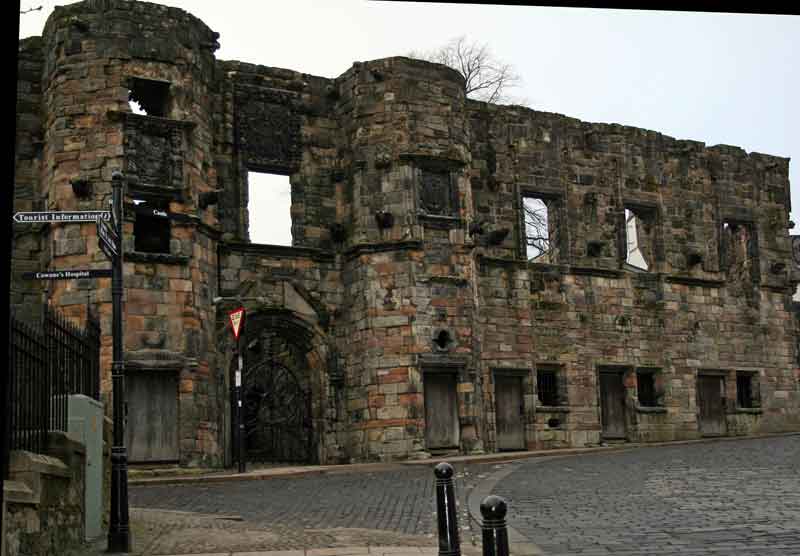
Cowane’s Hospital
Originally built by wealthy Stirling merchant and Dean of the Merchant Guild John Cowane as an alms house, the building has over the years been used for a variety of purposes.
Darnley’s House
At the foot of Broad Street is Darnley’s House thought to be the place where Lord Darnley stayed when visiting Mary Queen of Scots.
Argyll’s Lodging
Argyll’s Lodging, a splendid 17th century townhouse, which lies just below the castle esplanade, is managed by Historic Environment Scotland.
The oldest part of the present house dates to around the middle of the 16th century. However, the house lay empty until bought by the 9th Earl of Argyll whose main residence was in Inveraray.
Wallace Monument
The Wallace Monument stands proudly on top of the Abbey Craig, a rocky crag that lies close to the city of Stirling.
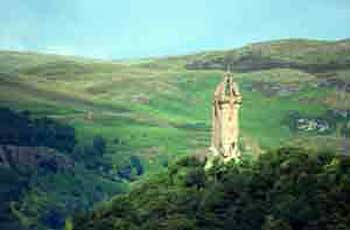
It overlooks the site of the Battle of Stirling Bridge where in 1297 the army of William Wallace and Andrew Moray defeated the forces of England’s king, Edward I.
An exhibition in the Hall of Arms tells that story.
The Hall of Heroes, where Wallace’s sword is the centrepiece, tells the story of Wallace’s life and his role as Guardian of Scotland during the Wars of Independence.
The view from the Crown at the top is simply stunning (on a nice day). If you’re lucky you can see as far as Ben Lomond and the Trossachs in the west and Stirling Castle and the Ochil Hills to the east.
Battle of Bannockburn Centre
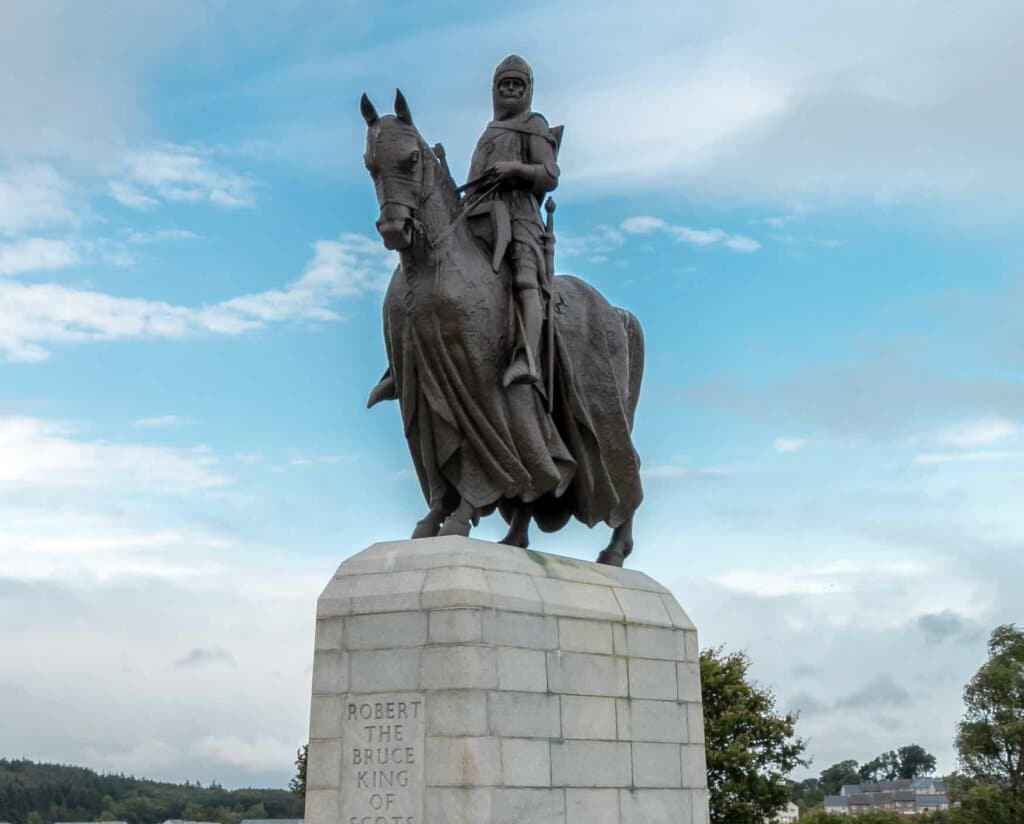
This impressive centre, a National Trust for Scotland property (NTS) tells the story of the Scottish victory over the English at the Battle of Bannockburn in 1314.
By using 3D technology visitors can, “Stand shoulder to shoulder with medieval warriors and armoured knights while learning about the tactics of two opposing kings in a truly immersive experience.”
Smith Art Gallery and Museum
Stirling Smith Art Gallery and Museum, which alongside its frequently changing exhibitions, offers visitors a detailed glimpse into Stirling’s often turbulent story, from prehistoric times to the present day.
Stirling tourist information
Stirling’s Visit Scotland tourist information centre is located at the Old Town Jail in St John’s Street and has information about all of Stirling’s visitor attractions. Alternatively, check out their website for details of all the places mentioned here.
Related content